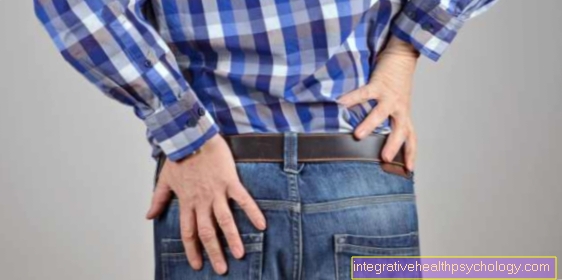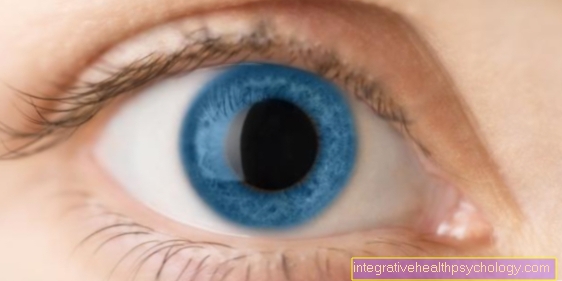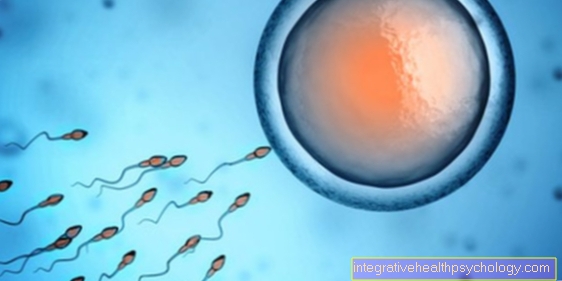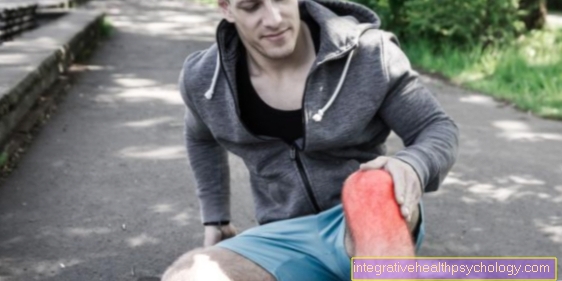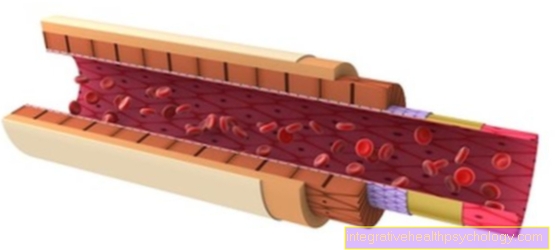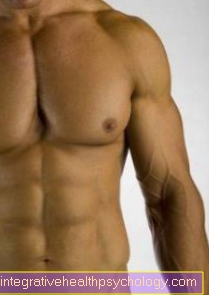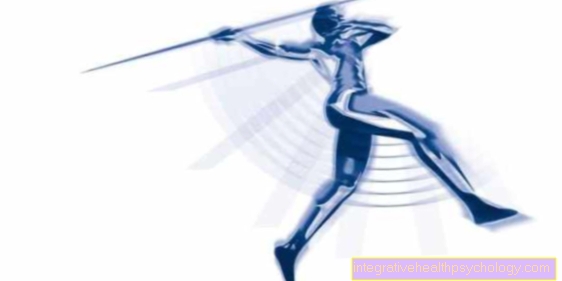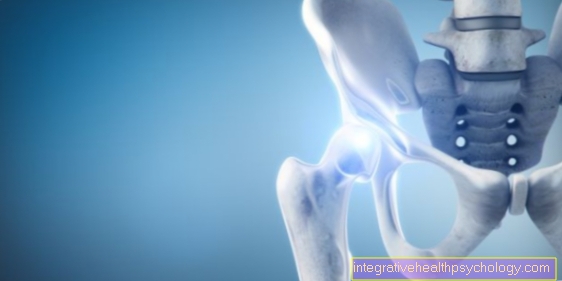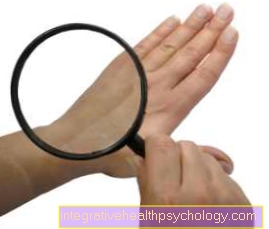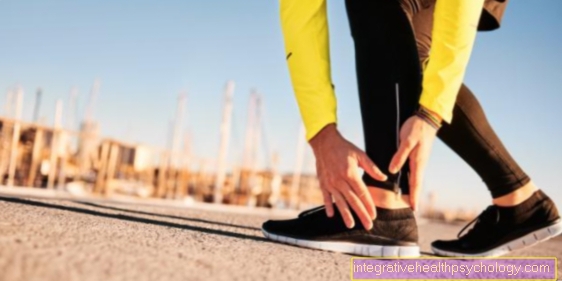Movement theory
introduction
Describing or even analyzing the movement is almost impossible. Too many factors play a role in investigating the phenomenon of physical activity. For example, consider a person who is running after a bus and compare this sporting act with a 100 meter run final of the Olympic Games.
A quasi-identical movement viewed from the outside nevertheless apparently fulfills countless different intentions. In order to be able to realize a sporting movement, it always has to serve a purpose. A forest run is just as little carried out for sport as a marathon. Be it health, performance enhancement, body shaping, social aspects or something else, physical activity always needs a purpose.
Read more on the topic: Movement Science

Classification of movements
Psychological, social, educational and other aspects need to be implied when describing movements.
Human movement is divided into everyday movement and sporting movement. The latter are all movements that do not focus on the goal of coping with everyday actions. Chasing after a missed bus is thus an everyday activity, although the adaptation phenomenon is achieved that corresponds to the sporting activity. Physical activity is therefore always aimed at maintaining or improving physical performance.
Furthermore, a sporty movement is divided into an external aspect and an internal aspect. The external aspect refers to the objective appearance of movement (that which is visible from the outside). The inner aspect relates to the processes that take place in people during movement.
definition
Movement theory is a branch of sports science that deals with the appearance of sports movement. In order to systematize a sporting movement, certain requirements are required. In the last few years four different ways of looking at a movement have developed.
- Biomechanical approach
- Holistic approach
- Functional approach
- Skill-oriented approach
With the biomechanical consideration of movement, the athletic movements and the athlete are subject to the biophysical laws. The holistic view of movement means that the overall sporting movement is more than the sum of the individual movement (see MEINEL's morphological approach).
A movement is regarded as functional if it is subject to a specific purpose. The ability-oriented approach is based on the prerequisites that an athlete needs to perform movements. Personal dispositions and level of performance are decisive aspects of this approach.
You may also be interested in this topic: Movement education
Movement theory vs. Movement science
The word doctrine is in the word movement theory. One should assume that a movement theory deals exclusively with the didactic aspect of movement. Movement theory is much more than just teaching movement. The movement theory is divided into general and special movement theory. General kinetics deals with cross-sport aspects, while special kinetics deals with sport-dependent processes. The kinesis from these two areas gives the science of movement. Movement theory is therefore part of the movement science.
Other authors use the concept of kinetics as synonyms for movement science, while others have replaced the concept of movement science with the concept of movement science.
Read more on this topic: Movement science
Subsections of kinetics
Since kinetics is viewed as a sub-area of movement science, individual procedures to describe movements are both a sub-area of movement science and movement science. Due to the different ways of looking at movements, numerous sub-areas (listed below) are necessary to describe the movements.
- Physical requirement
- In order to be able to realize a movement, the person must have physical requirements. Movement can only take place through the use of muscles. The nervous system and the muscles are of great importance (see Physiology of Sport).
- Biomechanical basics
- Bio is humans and mechanics is physics. Biomechanics is a symbiosis of these areas. It is important here that the laws of physics cannot simply be transferred to the human organism, since lever ratios, muscle tension, etc. are decisive criteria for human movement.
- Motioncoordination
- Humans make use of the most varied of possibilities to coordinate their movements. The interaction of the nervous system and muscles results in movements with the highest precision and control. For more information on movement coordination see:
- coordinative skills / movement coordination
- Humans make use of the most varied of possibilities to coordinate their movements. The interaction of the nervous system and muscles results in movements with the highest precision and control. For more information on movement coordination see:
- Motion analysis
- The motion analysis deals with the topic of the analysis of human movements. This is done from the point of view of the movement characteristics, the movement sequences and the function of the partial movements.
- Motor learning
- Another sub-area of kinetics is motor learning. In the article motor learning, individual models of motor learning are presented in detail.
- Performance diagnostics
- In order to make sporting movement objectifiable, performance must be made measurable and comparable. Information on this topic can be found in the article Performance diagnostics.
What is functional movement theory?
The functional movement theory was developed by the physiotherapist Dr. h.c. Susanne Klein-Vogelbach from Basel in Switzerland. The method consists in precisely observing and evaluating various movement sequences. On the basis of the observations, possible versions that deviate from the norm are recognized, which can be the cause of a large number of diseases. The aim of the method is to correct these movements and to learn optimal movement behavior. In this way causes of pain and complaints can be eliminated or injuries and illnesses can be prevented.
Functional movement theory includes everyday techniques and exercises and is offered by a variety of physiotherapy institutions and health centers. Most of the exercises can be performed with bare body weight, but aids such as medicine balls or weights are also used. Functional kinetics is usually abbreviated (FBL) or translated as "Functional Kinetics".
Functional movement theory according to Klein-Vogelbach
Susanne Klein-Vogelbach is the developer of the concept of functional movement theory. She was a Swiss gymnastics teacher and trained as a physiotherapist. She was awarded an honorary doctorate by the Medical University of Basel for the development of functional kinetics. She also founded a school for physiotherapy.
The basis for the development of functional movement theory was the observation of movement sequences in healthy people. Klein-Vogelbach identified basic characteristics of healthy movement sequences that can be transferred to other people. She developed therapeutic exercises and techniques to correct disturbed movements.
Through her devotion to acting and beautiful movement, harmony, rhythm and lightness play a central role in her observations. Their findings and techniques are still of great importance in physiotherapy today. Susanne Klein-Vogelbach died on November 9, 1996.
You may also be interested in this topic: Motor learning
Exercises in functional kinetics
The founder of functional kinetics developed a variety of exercises to evaluate movement sequences and to correct incorrect sequences. The exercises can help the observing therapist to determine the causes of pain and discomfort in order to help the patient to correct the causes and to learn correct movement sequences.
In order to guarantee adequate execution, you should first perform these exercises under the supervision of a physiotherapist or sports therapist. Depending on your symptoms, you can carry out specific exercises and follow a training program that is carefully tailored to you. Exercises in functional kinetics are for example:
-
"Every hour again": This is an exercise to strengthen the back muscles that should be performed about three to four times an hour. The back and shoulder girdle are alternately tensed and relaxed, in maximum extension the back is pushed through and the head overstretched, in maximum flexion the chin is placed on the chest and the spine is rounded.
-
“Stand up man”: Another exercise to stabilize the back muscles. The patient stands with his back to the wall, a chair in front of him. In the first phase, he presses the back of the chair with his hands and his spine against the wall, the back of the head should also be in contact. The patient releases from the chair by gently pressing their hands, the spine continues to be pressed against the wall.
-
"Thick skull": Sitting on a chair, the patient crosses his hands behind his head. Pressure is applied without the head moving. In the next step, the head is pulled to the right shoulder with the right hand, again the head withstands the pressure. The same is repeated on the left side. In further steps, the neck and throat muscles are activated and stretched in different directions.
-
“Bed of the fakir”: This exercise is suitable for training posture. The practitioner sits on a Pezzi ball with his arms in front of him as if he were holding a medicine ball in his hands. Now he slowly moves his legs forward and rolls the Pezzi ball over his back to his shoulder. The pelvis, chest and head remain in line. The heels are briefly raised on both sides, then the practitioner slowly wanders back with his feet until he is sitting on the ball.
Also read our topic: Training principles
What role does kinetics play in sport?
Athletes can also benefit from functional kinetics. The exercises address different systems and can alleviate muscular or skeletal complaints and correct their causes. Through the activating exercises and correct execution, various muscle groups are strengthened, including the back muscles, abdominal muscles, leg and arm muscles, as well as smaller muscle groups.
Gymnastic sports such as gymnastics or dancing, where great importance is placed on a healthy, beautiful posture, particularly benefit from the exercises in posture training. Functional kinetics is a standard part of the curriculum in the field of sport and physiotherapy.
This article might also interest you: Fitness economist


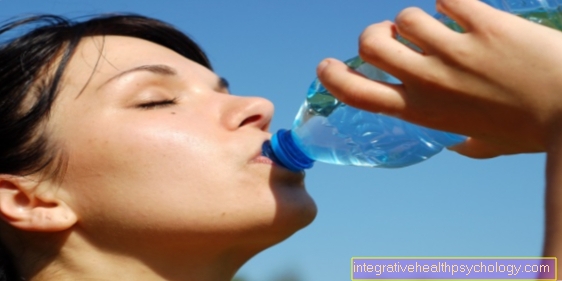

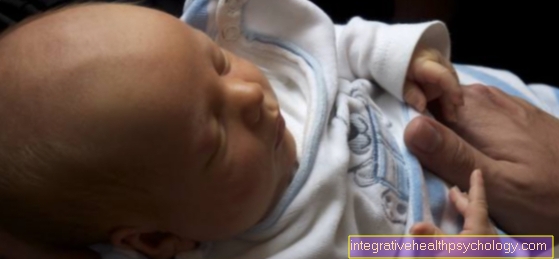


.jpg)

